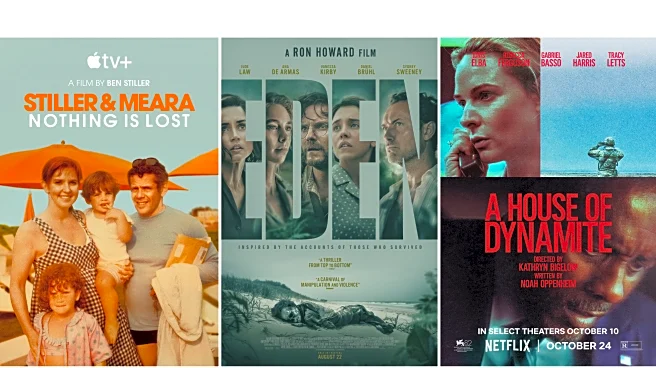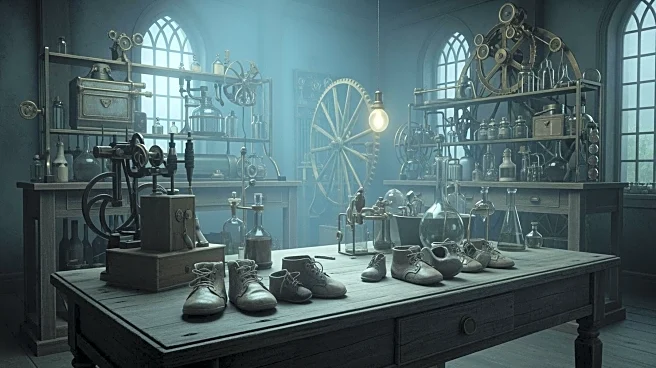What's Happening?
Netflix has expanded its streaming options by adding the psychological thriller 'Don't Say a Word' to its catalog on October 18, 2025. The film, originally released in 2001, stars Michael Douglas as psychiatrist Nathan Conrad, who is thrust into a tense
situation when his daughter is kidnapped by a thief played by Sean Bean. The kidnapper demands Conrad extract information from a mentally ill patient, Elisabeth, portrayed by Brittany Murphy, who has not spoken in a decade. The narrative unfolds as Conrad races against time to communicate with Elisabeth and retrieve a code related to a stolen gemstone. The film also features performances by Guy Torry, Jennifer Esposito, Famke Janssen, Skye McCole Bartusiak, and Oliver Platt.
Why It's Important?
The addition of 'Don't Say a Word' to Netflix's catalog highlights the platform's strategy to diversify its offerings with classic thrillers that may appeal to audiences seeking suspenseful narratives. Despite mixed reviews upon its initial release, the film's star-studded cast and engaging plot could attract viewers looking for a gripping story. This move may also reflect Netflix's efforts to cater to varied tastes and maintain subscriber interest amidst growing competition in the streaming industry. The film's inclusion could potentially boost viewership and engagement, offering a nostalgic experience for those familiar with early 2000s cinema.
What's Next?
As Netflix continues to update its catalog, viewers can expect more classic films and diverse genres to be added, catering to a wide range of preferences. The platform's strategy may involve acquiring rights to other notable films from past decades, aiming to attract both new subscribers and retain existing ones. The reception of 'Don't Say a Word' could influence Netflix's future decisions regarding similar acquisitions, depending on audience engagement and feedback.
Beyond the Headlines
The release of 'Don't Say a Word' on Netflix may prompt discussions about the evolution of psychological thrillers over the years. The film's portrayal of mental illness and the ethical dilemmas faced by its characters could spark conversations about the representation of such themes in media. Additionally, the film's narrative structure and character dynamics might be analyzed in the context of early 2000s filmmaking trends.













